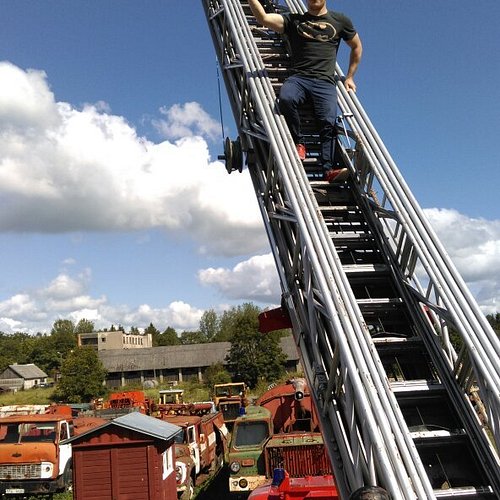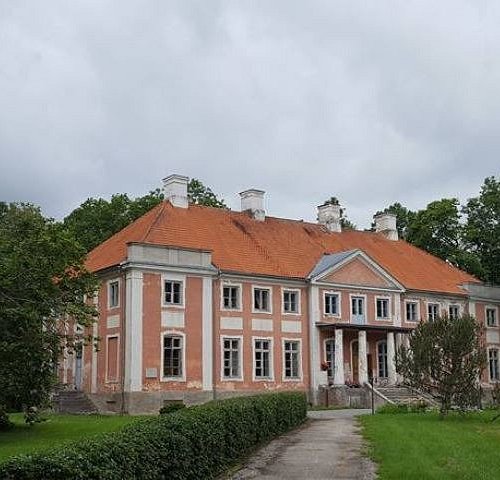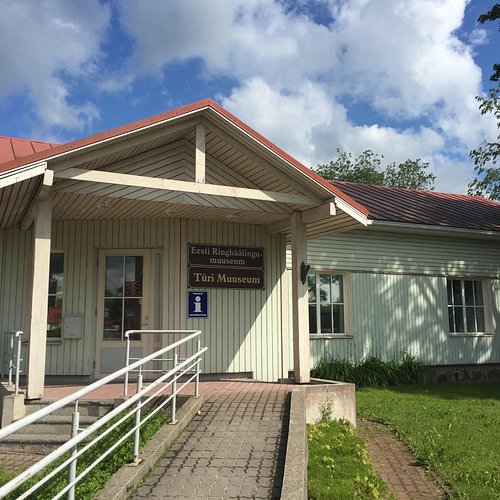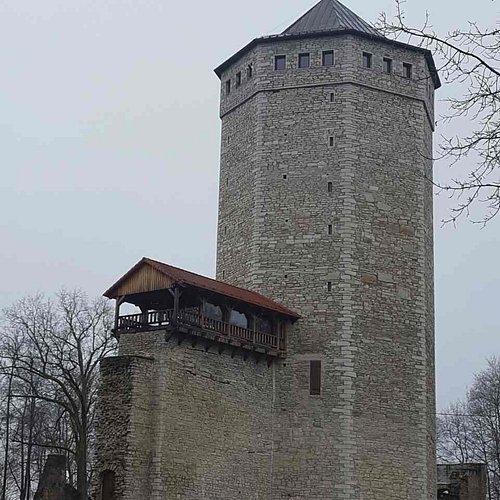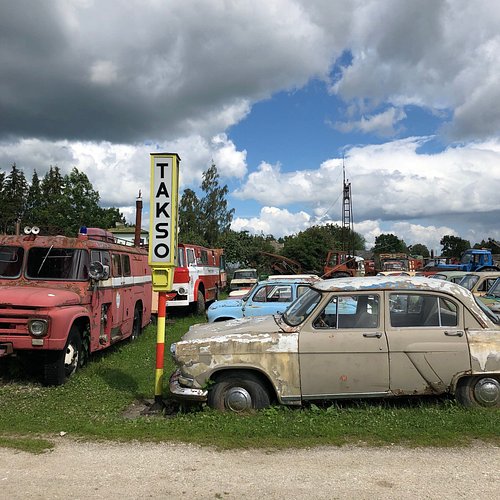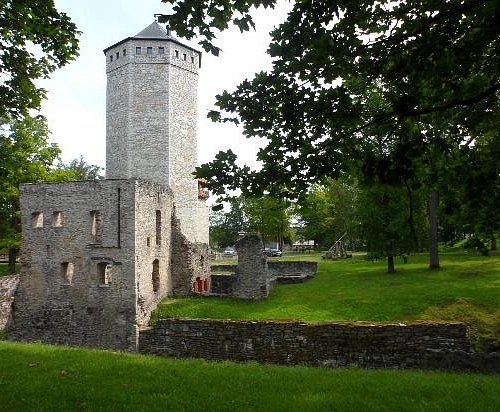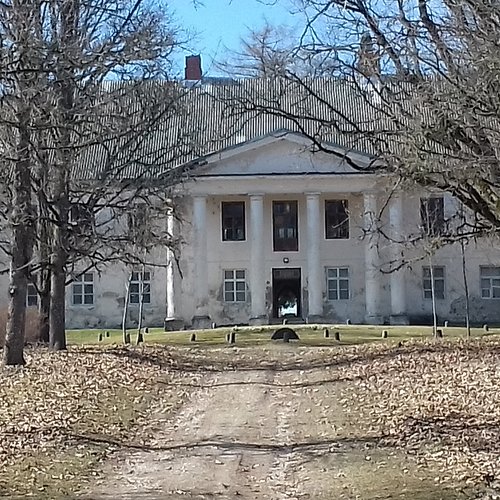The 10 Best Things to do in Jarva County, Jarva County
Discover the best top things to do in Jarva County, Estonia including Albu Manor, Jarva-Jaani Firefighting Museum, Sargvere Manor, Seidla Windmill, Turi Museum, Paide Castle, Jarva-Jaani Vanatehnika Varjupaik, Ajakeskus Wittenstein, Kirna Manor, Wile Farm.
Restaurants in Jarva County
1. Albu Manor
Overall Ratings
5.0 based on 1 reviews
One of the oldest order manors in Jarva County and Estonia was first mentioned in 1282. The main building, barn, arched bridge, granary, distillery and park of the manor complex have survived until today. The décor of the manor is simple and laconic. The baroque stove with white and blue tiles and the classicist stoves with white tiles have been preserved.You can visit Albu Manor from Wednesdays to Sundays in the summer season.Interesting facts:- the manor building has caught fire twice;- a large baroque-style monumental painting was found on the walls during restoration;- the manor house has been used by a school since 1921.
2. Jarva-Jaani Firefighting Museum
Overall Ratings
5.0 based on 3 reviews
Jarva-Jaani Firefighting Museum is built on the foundation of the rectory’s old stables and opened its doors to visitors in 1999. You will see the old flag of the firefighting union that was lost for 44 years, the new jubilee flag, photos, medals and diplomas in the museum.You can visit the Jarva-Jaani Firefighting Museum by appointment.Interesting facts:- there is a model of a two-storey wooden house in the museum where 27 different causes of a fire are demonstrated with the help of small fires;- you will also see the fire-fighters' carriage that was used in the film "Viimne reliikvia" ("The Last Relic"), one of the most popular Estonian movie of all times.
3. Sargvere Manor
Overall Ratings
4.5 based on 3 reviews
The grand early classicist mansion of Sargvere Manor that also has some baroque features was completed in 1765.The manor building was used by the Sargvere Basic School from 1920 to 2002. The manor has been in the use of the Sargvere Society for Promotion of Rural Culture since 2003. Four history rooms have been set up at the initiative of the Society that introduce the history of Sargvere Manor, the school and surrounding villages.You can only visit the manor by appointment.
4. Seidla Windmill
Overall Ratings
4.5 based on 3 reviews
The windmill of Seidla Manor was built in the 18th century and it is one of the few Dutch type windmills in the cultural history of Estonia that has been preserved with all fittings and in its original function. The windmill is rare because it is the only windmill that has all its original fittings and its original appearance in continental Estonia. Seidla Windmill also represents the typology of manor windmills as it is located a little distance from the centre of the manor on a visible hill. The number of such preserved windmills in manor ensembles all over Estonia is less than 5.
5. Turi Museum
Overall Ratings
4.5 based on 5 reviews
The museum in Turi was opened in 1995, although it was founded much earlier, as local history researchers have been engaged in this subject for several years. In the year 2000 the Turi museum was relocated and now shares one roof with the Estonian Broadcasting Museum. The museum illustrates the history of the railway, which constituted an important impulse for the development of Turi, as well as the history of the paper and pulp factory of Turi.You are welcome to visit the Turi museum Tuesdays to Saturdays.Interesting to know:•Visitors get an overview of the small pre-war enterprises - the brick factory and the ladies hairdressers as well as the garment factory•The museum also features temporary exhibitions providing delightful pictures of the hobbies and activities of people connected with Turi
6. Paide Castle
7. Jarva-Jaani Vanatehnika Varjupaik
Overall Ratings
4.5 based on 2 reviews
8. Ajakeskus Wittenstein
Overall Ratings
4.0 based on 28 reviews
Building of the Paide Order Castle started in 1265. Local white limestone was used to build the castle. The first building on Vallimagi Hill was the octagonal Tall Hermann Tower, which was destroyed by the retreating Red Army in 1941. The tower was restored for the 650th anniversary of the St George's Night Uprising in 1993.Interesting facts:The stronghold established in Paide was the second castle built by the order in the territory of Estonia after Viljandi.Paide Vallitorn became the symbol of Paide Town and Jarva County and is depicted on their coats of arms.There is a memorial on Paide Vallimagi Hill to the four Estonian elders executed during the uprising.
Reviewed By Darklov123
Didn't expect to find a museum in the tower. The tower park is beautiful and the exhibition in the tower is very interesting. Would definetly like to visit again. Got a good laugh there.
9. Kirna Manor
10. Wile Farm
Overall Ratings
5.0 based on 4 reviews

